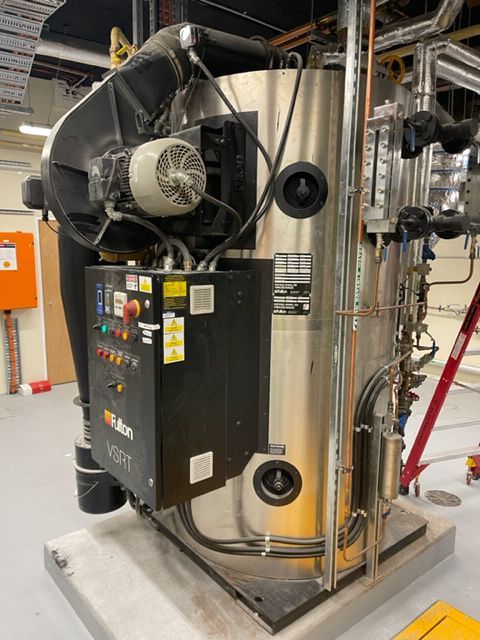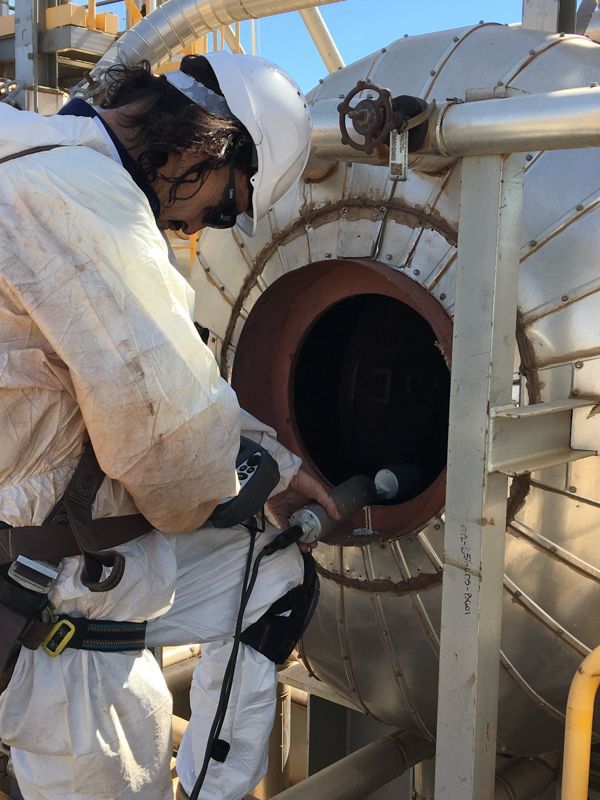What is asset integrity management?
Asset integrity management (AIM) refers to the systems, processes, and practices used to ensure that industrial assets — such as piping, pressure vessels, tanks, and equipment — perform safely and reliably throughout their lifecycle. By focusing on compliance, maintenance, and risk reduction, AIM helps operators extend asset life, avoid costly failures, and protect both workers and the environment.
Why is asset integrity management important?
Industrial assets face constant stress from pressure, corrosion, vibration, and environmental exposure. Without proper management, these risks can lead to equipment failure, safety incidents, or regulatory breaches. Asset integrity management provides a structured approach to monitoring condition, detecting issues early, and planning repairs before they become critical.
Key benefits include:
- Improved safety and reduced risk of incidents
- Compliance with AS/NZS, ISO, and regulatory codes
- Extended equipment lifespan and reduced downtime
- Optimised maintenance planning and budgeting
- Confidence in audit and reporting requirements
Core elements of asset integrity management
Asset integrity management covers a wide range of services designed to protect equipment and infrastructure. Some of the most common include:
- Non-destructive testing (NDT): Techniques such as ultrasonic thickness testing, magnetic particle inspection, and dye penetrant testing detect flaws and defects without damaging the asset.
- Corrosion monitoring and management: Specialised inspections track corrosion rates and identify vulnerable areas, helping operators plan preventative maintenance and replacements.
- Pressure equipment inspections: Regular assessments of boilers, tanks, and piping ensure equipment meets safety codes and continues to operate effectively.
- Risk-based inspection (RBI): A targeted approach that prioritises inspections based on the likelihood and consequence of failure, ensuring resources are directed to the most critical assets.
- Compliance and documentation audits: Comprehensive reporting ensures all inspections and tests align with statutory requirements, making audits and certifications straightforward.
Who needs asset integrity management?
AIM is essential for industries that rely on heavy plant, equipment, and infrastructure. This includes:
- Mining and resources
- Oil and gas
- Power generation
- Manufacturing and processing
- Water and wastewater
- Infrastructure and utilities
Any organisation that operates regulated equipment, pressure systems, or critical assets can benefit from asset integrity management.
Keep your equipment audit-ready with Q-RIIMS
Asset integrity management is more than just routine inspections — it is a structured program that safeguards people, operations, and compliance. By identifying risks early and maintaining control of asset condition, businesses can reduce downtime, improve safety, and extend the lifecycle of their equipment.
Q-RIIMS provides ISO-accredited asset integrity management services across Australia, including inspections, corrosion monitoring, NDT, and compliance audits. Contact our team today to discuss a tailored program that keeps your operations safe, compliant, and reliable.
Frequently asked questions
What’s the difference between asset integrity management and maintenance?
Maintenance focuses on repairing or replacing equipment when issues arise. Asset integrity management is broader, ensuring assets are inspected, monitored, and maintained systematically to prevent failures before they occur.
How often should asset integrity inspections be carried out?
Frequency depends on asset type, industry regulations, and operating conditions. Many regulated sites require annual or risk-based inspection intervals.
Can AIM reduce operational costs?
Yes. By preventing failures and planning maintenance proactively, AIM reduces unplanned downtime, emergency repairs, and potential fines for non-compliance.
Is asset integrity management mandatory?
In many industries, such as oil, gas, and mining, AIM programs are required by law to meet Work Health & Safety Regulations and industry standards.


